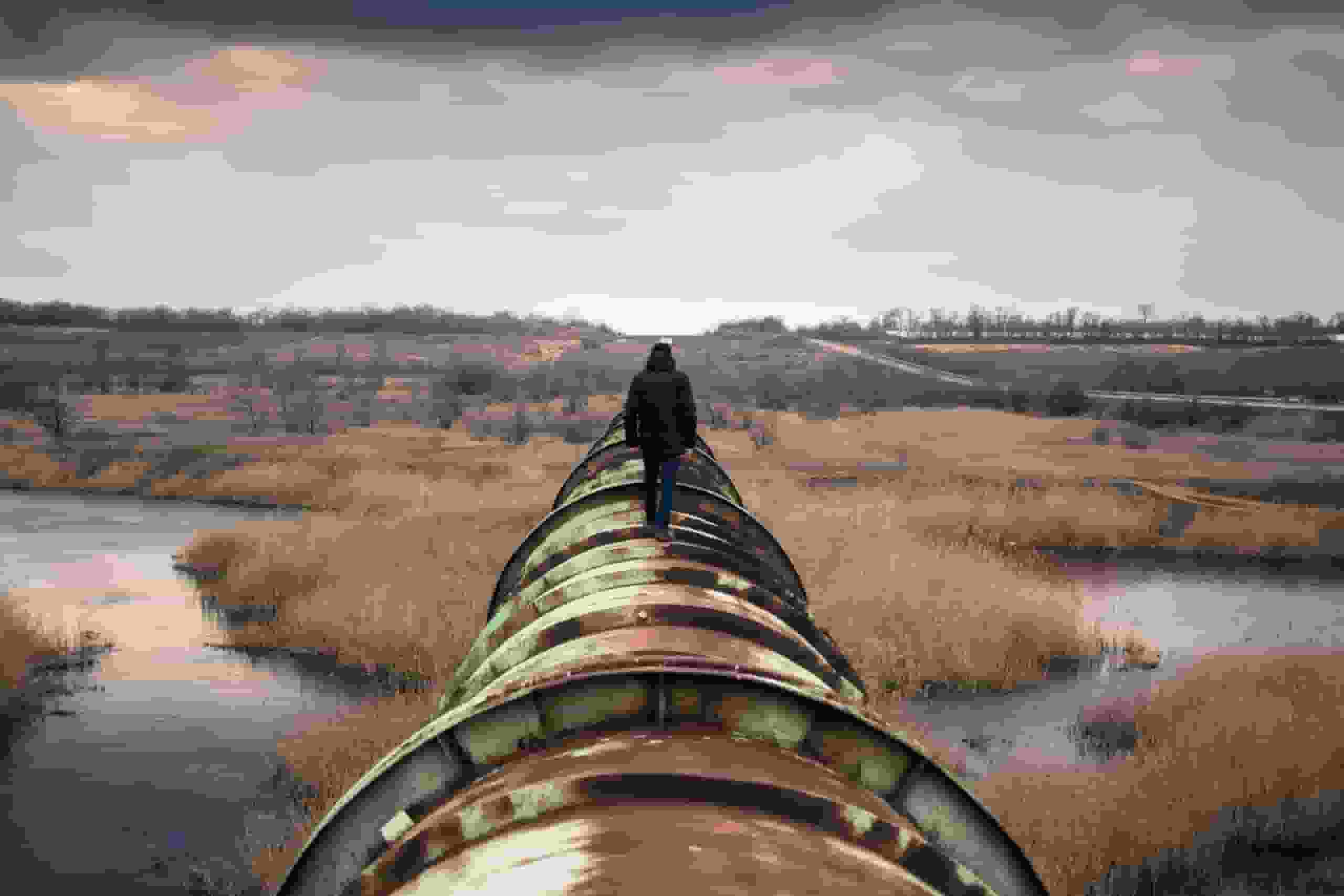
Keystone Pipeline leaked 14,000 barrels of oil into a Washington County, Kansas creek on December 7, 2022. Crews managed to recover nearly 6,973 barrels of oil, almost half of the barrels released into Mill Creek. TC Energy also says it has restarted Keystone Pipeline parts that were not impacted by the leak.
The Guardian reported that this incident was the largest onshore oil spill since 2013, and the Keystone pipeline’s third major spill in five years, and the largest since the Keystone Pipeline began operations in 2010. Workers are now scrambling to clean up the mess. The past 12 years have seen 22 oil spills have occurred. TC Energy’s fines reached $300,000 for prior spills, despite spills causing over $100 million in property damage. Both state and federal legislators are questioning whether special use permits are causing these oil spills.
The Keystone Pipeline is the only pipeline to have a special permit to pump oil at a higher pressure. The U.S. Government Accountability Office has found that TC Energy performed worse than in the previous five years due to spills in 2017 and 2019. Nebraska non-profit Bold Alliance founder Jane Kleeb says that the cleanup is going to take two weeks. Kleeb has criticized TC Energy for acting like it’s going to be a two-week job and everything will be back to normal.
Pipeline and Hazardous Materials Safety Administration is being criticized for not properly assessing risks in granting special permits. The Government Accountability Office reported that the PHMSA allowed Keystone to run at a higher pressure in 2017, subject to 51 conditions.


